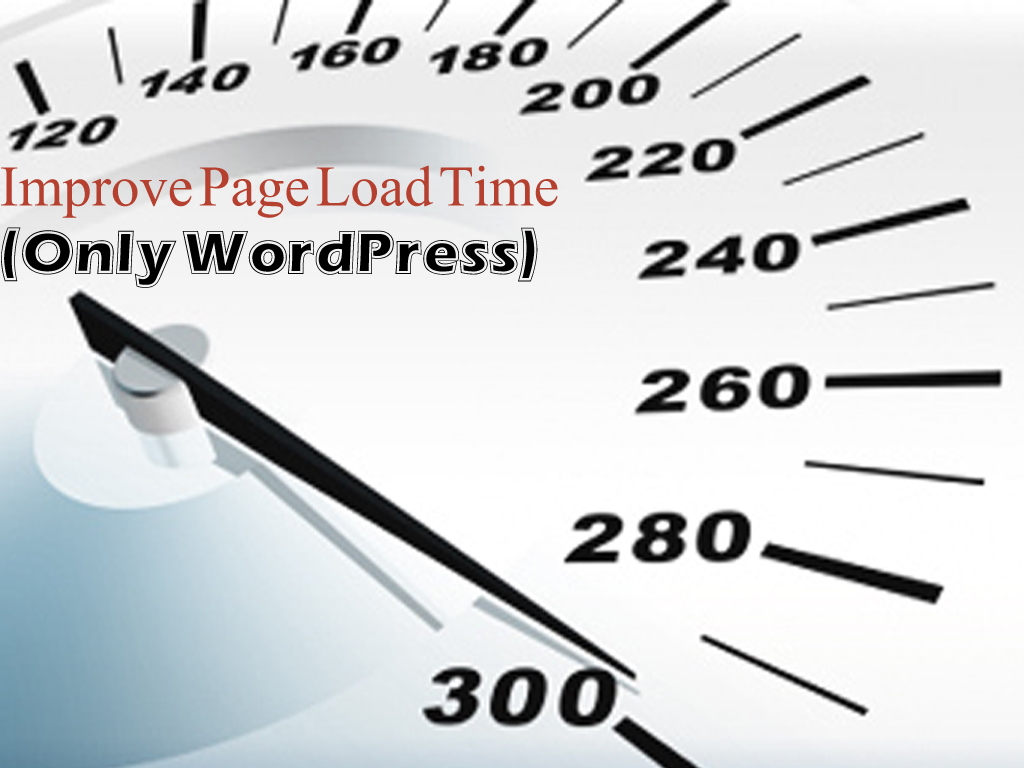Introduction:
In the fast-paced world of the internet, a website’s page load speed plays a pivotal role in user satisfaction, search engine rankings, and overall success. This article explores effective strategies to optimize page load times, ensuring a swift and seamless experience for visitors.
Optimize Images for the Web:
Images are often a major contributor to slow page load times. Optimize images by compressing them without compromising quality. Use image formats like JPEG or WebP, and leverage tools to resize images to their optimal display size. By reducing the file size of images, you significantly enhance page load speed.
Enable Browser Caching:
Browser caching allows frequently accessed resources, such as images, stylesheets, and scripts, to be stored locally on a user’s device. This means that when a visitor returns to your site, their browser doesn’t need to reload all resources, leading to faster load times. Configure the appropriate caching headers to control how long browsers should store these resources.
These days are getting a space in the web. This is a greatly competitive task and the internet is now becoming the most wanted business arena. Meanwhile, the same getting a website is a simple task, but managing its appearance and making its approach to a wide audience is very complicated, and with the internet, knowing even smaller and minute details can make users smarter person. Hence exclusive features like attractive Website Designing Dubai, instant page loading, and content with good sound, these all things can help users to get more reach and inspiring impact on the internet.
One of the leading challenges faced by webmasters are the page loading time of their websites. Page Loading Time is a big hassle no doubt and Website Designers Dubai are working on it so they can handle the page loading time. They know very well the impact of page loading time so they do their best to improve page load times so keep trust on Dubai Web Designers.
Here are some beneficial tips on how to improve page load time with Web Design Dubai. The most important and foremost thing is to know the causes for slower page loading like complicated Website Design Dubai, deploying outdated web technologies, proper bandwidth for the website and poor server storage space. This also has a small-required cache memory and much more like this.
These difficulties can be handled through an unlimited bandwidth and specific memory space for your websites deploying the latest and trendy web technologies to makeover your website. Using specific extensions and plugins that can support users to manage cache memory in a better way, using a significant mobile version of the website for mobile users. So come to Web Designers Dubai and SEO Dubai to improve page load times for your website.
Conclusion:
In the competitive online landscape, optimizing page load times is crucial for retaining visitors and achieving better search engine rankings. Implementing these strategies not only enhances user experience but also demonstrates a commitment to providing a swift and seamless interaction, ultimately contributing to the success of your website.





